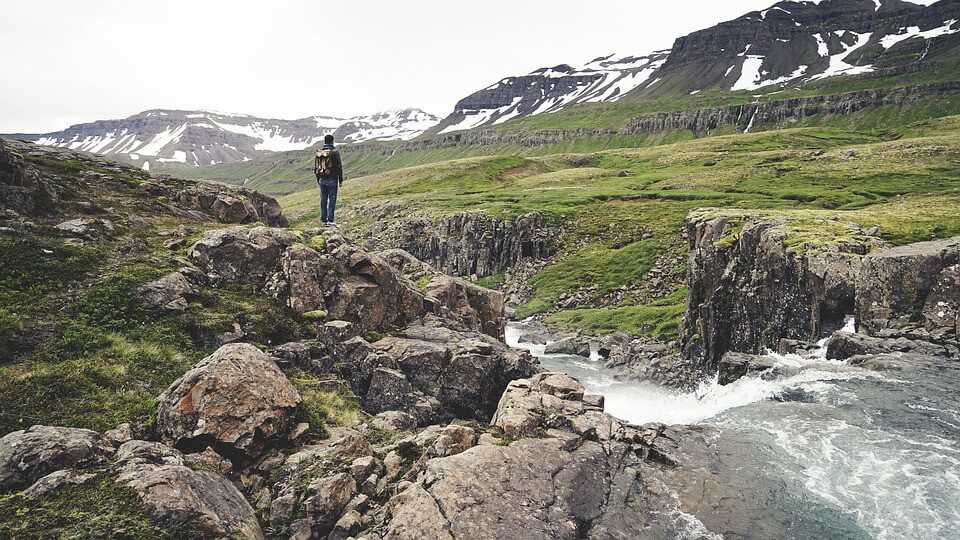Cycling in the winter can be fun or terrifying. Start slowly to help you gain confidence, refine your skills, and break in your equipment. The following tactics can be helpful if you want to cycle in the wintertime.
Start Slowly
Short, enjoyable rides can build excitement, whereas overextending too quickly can result in dissatisfaction. If you wish to commute via bicycle, start by driving some distance. Park and continue on your bike the remaining space to save ride time and avoid risky commute sections. Every third or every other day, complete the entire commute by bicycle.
Use a Familiar Bike
In slick conditions, bikes made for use on pavement and dirt are better options. Some individuals prefer to ride an older, more straightforward bike in the winter since ice and filth accumulate on drivetrains more rapidly, and cold temperatures make suspension systems more sluggish. That might entail a bike with fewer gears and solely front-mounted shocks (or no shocks). A bike with disc brakes performs better at stopping in rainy conditions than one with rim brakes. You can prepare your bike for winter conditions no matter what kind it is. The most crucial factors are lighting and tires (covered below). Fenders can be added to protect against snow, water, and mud sprayed by tires.
Make Yourself Visible
In the winter, daylight hours are sporadic, so be ready to ride in the darkness. This entails intense lighting and a staggering amount of reflectivity. Carry spare batteries and fully charge batteries before any ride. Mount the safety light that flashes the brightest on the back of your bike and wears the other on your headgear, bag, or clothing. By positioning the lights in that way, the motions will be slightly different from one another, which will help to catch the attention of oncoming traffic more successfully.
Unless specifically designed for off-road riding, most bike apparel incorporates reflective trim—the better, the more reflective components you have. Wear a reflective vest or bands over your trusty rain gear if it doesn’t already have any. A driver coming from any angle should be able to see at least one reflective element, at the very least.
Maintain Tire Pressure
Tires make more contact with the road when inflated to the low end of their range, which enhances traction. A “softer” tire will also cushion bumps, assisting you in keeping control if you come across a pothole or uneven terrain. Before each ride, check the tire pressure. This might be the cycling-related routine maintenance chore that is most neglected. Tires gradually lose a tiny amount of stress, and air pressure is also decreased by cold weather. Make it a routine to check and adjust tire pressure before each ride. Consider switching to knobbier bike tires and broader. T tires with deeper, knobbier treads hold onto the ground better on muddy, damp, or slushy surfaces. Wider tires provide more contact with the ground, increasing traction.
Dress Warmly
Cycling in the cold requires the same clothing layering as other outdoor pursuits. Feel a little chilly at first, but you’ll warm up as you ride. However, you want to add another layer from your bike pack if you need to get warm enough. A warm jacket handy for rest or repair stops is also a good idea because you get cold quickly when you’re not pedaling. Additionally, you should wear a wicking base layer below your cycling apparel if the temperature is too chilly. You should wear thick leggings, a long-sleeved jersey, and waterproof riding gear. Although specialized cyclewear includes qualities that make you more visible and comfortable while riding, you can buy it for some of your layers. A skullcap or cycling cap underneath your helmet adds a surprising warmth. Consider wearing a face mask or a helmet with more excellent head coverage if the weather is freezing. Some helmets have removable liners so that their heat can be adjusted and used for more than one sport (snow or cycling). To protect your eyes, add goggles. Fully waterproof bike gloves can keep your hands toasty and dry in the cold. Choose the warmest pair of gloves while maintaining complete control over your brakes and shifters. They must also have good traction in damp conditions.
